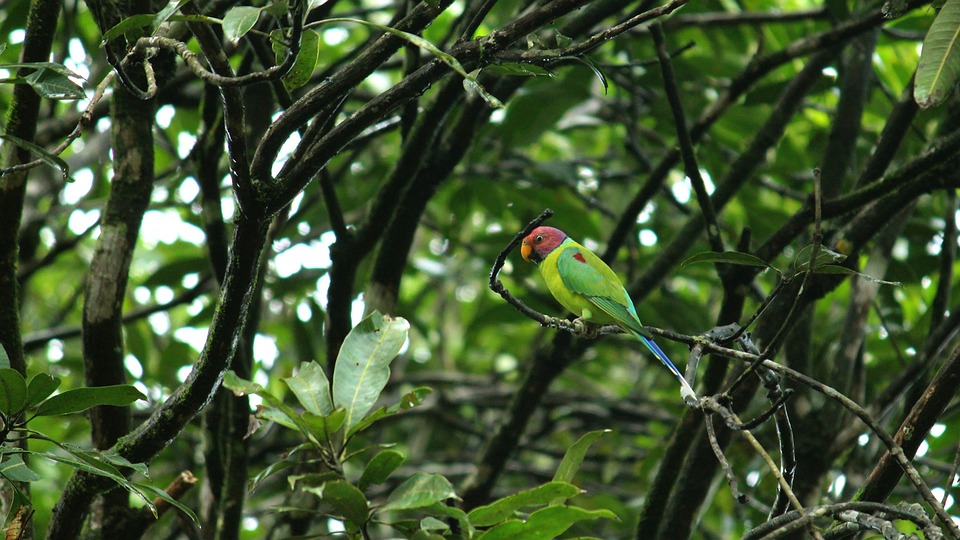Parrots are beloved pets known for their intelligence and social nature. However, they can occasionally display destructive behaviors that can be puzzling and frustrating for their owners. In this article, we will delve into the causes behind parrot destructiveness and provide practical solutions to help you manage and mitigate these behaviors. We will also address some frequently asked questions to further enhance your understanding of parrot behavior.
One of the primary causes of parrot destructiveness is boredom and a lack of stimulation. Parrots are highly intelligent creatures that require mental and physical exercise to thrive. Insufficient mental and physical exercise can lead to restlessness and frustration, which they may express through destructive behaviors. Providing your parrot with a variety of toys and puzzles, rotating toys to maintain interest, engaging in regular training sessions, and offering supervised out-of-cage time can help address this issue. These activities provide mental and physical stimulation, keeping your parrot occupied and satisfied.
Another common cause of parrot destructiveness is attention-seeking behavior. Parrots are social creatures that crave interaction and socialization. When they feel neglected or ignored, they may resort to destructive behaviors as a way to gain attention. Spending quality time with your parrot, providing ample socialization, and ensuring they feel loved and included can help alleviate this issue.
Hormonal changes can also contribute to parrot destructiveness. During breeding season and sexual maturity, parrots may exhibit nesting instincts and territorial behavior, which can manifest as destructive actions. Limiting exposure to nesting materials, adjusting lighting and temperature to discourage breeding behavior, and consulting with an avian veterinarian for hormonal management options can help address this issue.
Fear and anxiety can also trigger destructive behaviors in parrots. Loud noises or sudden disturbances, as well as changes in routine or environment, can cause fear and anxiety in these sensitive creatures. Creating a calm and secure environment for your parrot, providing hiding spots or safe retreats, and gradually desensitizing them to triggering stimuli can help reduce their fear and anxiety.
To effectively manage parrot destructiveness, it is essential to provide an enriching environment. This includes offering foraging opportunities, using puzzle feeders or hiding treats to stimulate their natural instincts, providing different perches and textures for them to explore, and introducing natural elements such as branches and leaves.
Establishing a consistent routine is also crucial in managing parrot destructiveness. Consistency in feeding, playtime, and sleep schedules helps create a sense of security and predictability for your parrot. Gradually introducing new experiences and changes can also help them adapt more easily.
Positive reinforcement is a powerful tool in managing parrot behavior. Rewarding desired behaviors with treats or praise, redirecting negative behaviors with distractions, and avoiding punishment or negative reinforcement can help shape their behavior in a positive way.
In conclusion, understanding the causes behind parrot destructiveness is key to maintaining a harmonious relationship with your feathered companion. By addressing the underlying causes and implementing appropriate solutions, you can help your parrot lead a happy and enriched life while minimizing destructive behaviors. Remember, patience, consistency, and positive reinforcement are essential in successfully managing and modifying parrot behavior.









